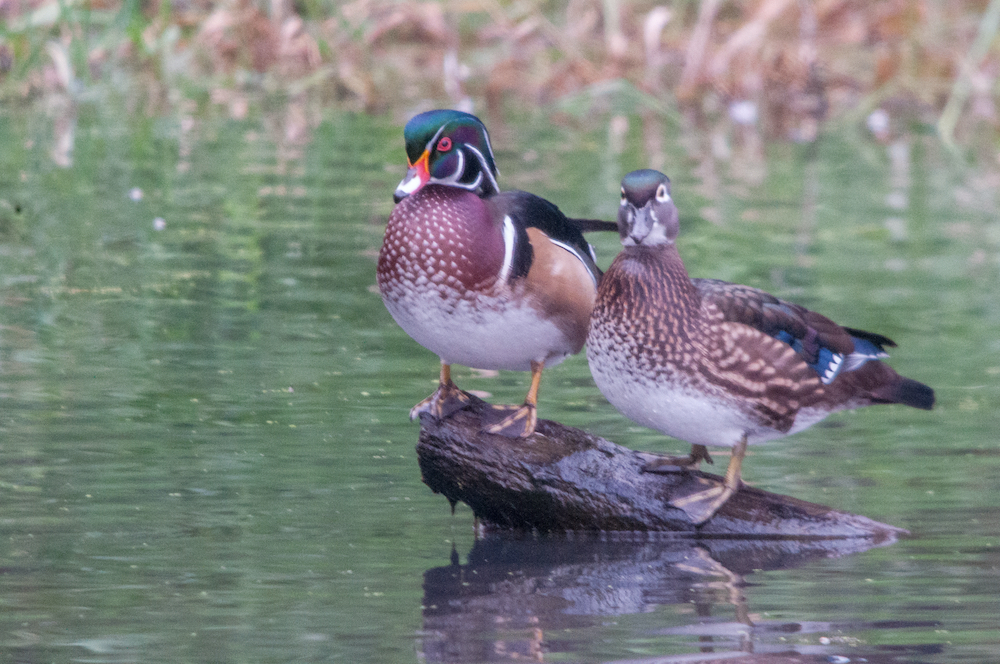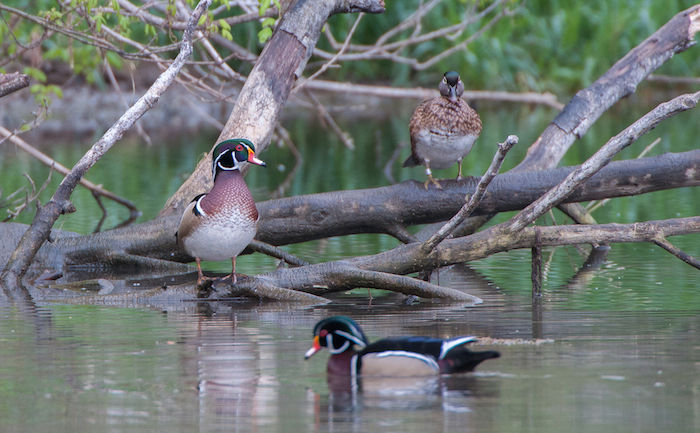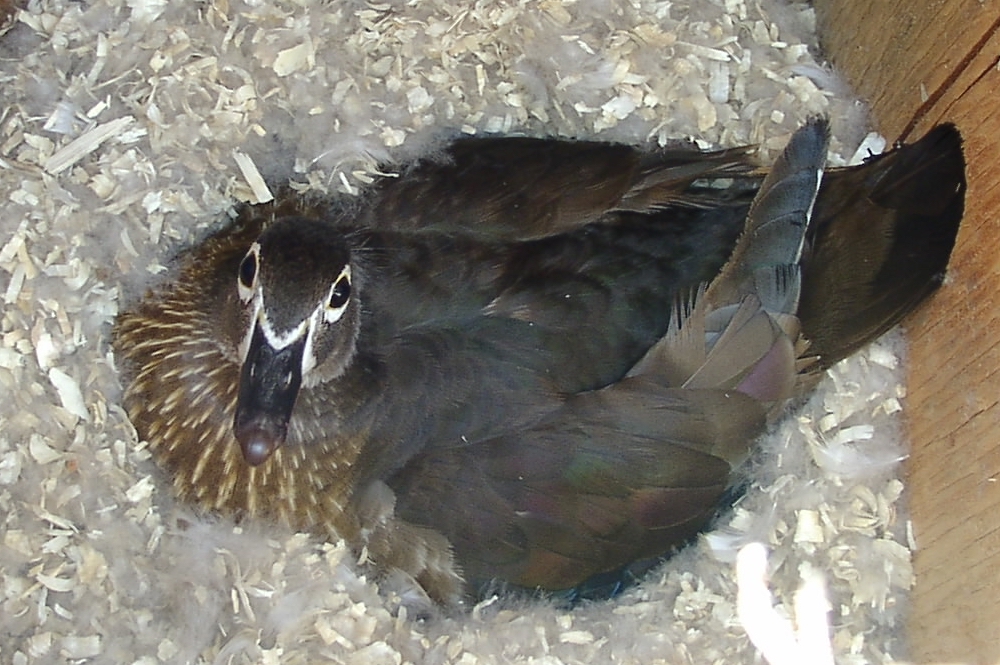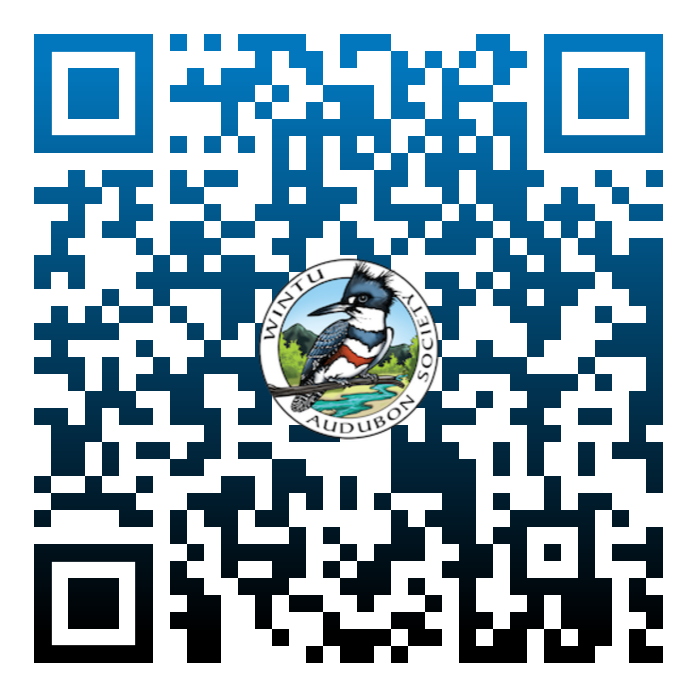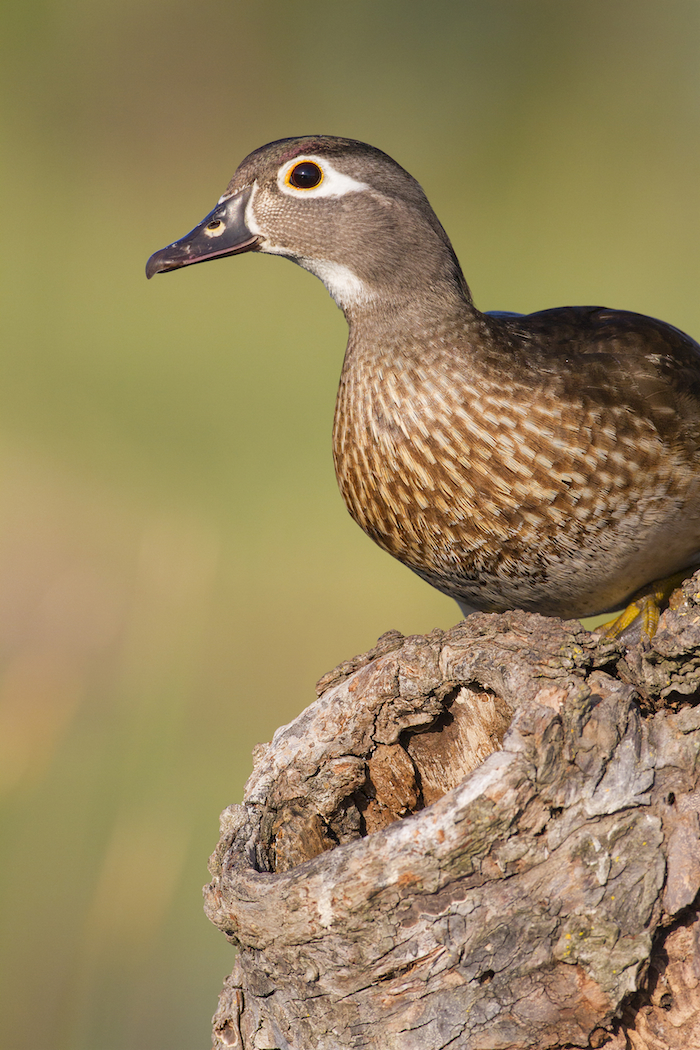
Wood Duck Female photo courtesy of David Bogener
For those who observe them, it’s small wonder that six of the new gifts offered in The Twelve Days of Christmas are birds! Not mentioned, however, are some of our most stunning winter birds, the ducks.
Wood ducks are the kings of color— green, blue, chestnut, and goldenrod, their beaks and eyes in two shades of vermilion, all set off with bold blacks and whites and decorative plumes and pony tails. The hen ducks are less outlandish, dressed mostly in their camouflage grays, but still sporting a splash of dark aquamarine and a delicate white eye-ring that thins into a teardrop behind the eye.
As their name suggests, wood ducks favor wooded byways. They spend the winter in small flocks, often with just a few friends, resting and feeding in quiet water. They eat mostly plant material—seeds, acorns, berries, and weeds—gathered either in the water or on land. Along about January they pair up. Courting involves mutual preening, and shrill whistles and stretched wing-and-tail dance moves from the male.
Then in early spring the hen wood duck, like only a handful of other duck species, chooses a cavity in a tree to make her nest. She is far too big for woodpecker holes, so she will often lay her 10-15 eggs in the rotted out scar of a fallen branch, usually 30-65 feet up. She will prefer to reuse successful nest sites from prior years. Other passing hens may dump more eggs into her nest, and she will incubate and raise them all.
Once hatched, day-old ducklings face immediate challenges. If their nest-hole is deep in a tree trunk, they might need to climb vertically many feet, up to fifteen, to reach their nest entrance. But they have clawed toes and instinct to help them out. Once reaching the entrance they blithely drop to the ground outside. It’s a long fall but doesn’t seem to faze them. They pop right up and begin to follow their mother to the nearest water, a hike that may be over a mile on their little duckling legs.
In truth, things have gotten easier for wood ducklings. With extensive tree-clearing in the late 1800’s wood duck numbers plummeted. But the ducks readily accepted human-made nesting boxes, and now they are thriving. Most nesting boxes are close to the ground, so ducklings might drop eight feet instead of their historical fifty.
Wood ducks live year-round in wet woodlands along the West Coast and throughout the Eastern US, and will winter in Mexico and nest all along the US/Canada border. Here in the North State look for them in quiet woodland waterways such as those of Battle Creek Wildlife Refuge, Anderson River Park, and Turtle Bay.
Our Education chair Dan Greaney writes for the Wintu Audubon Society and wrote this post.
